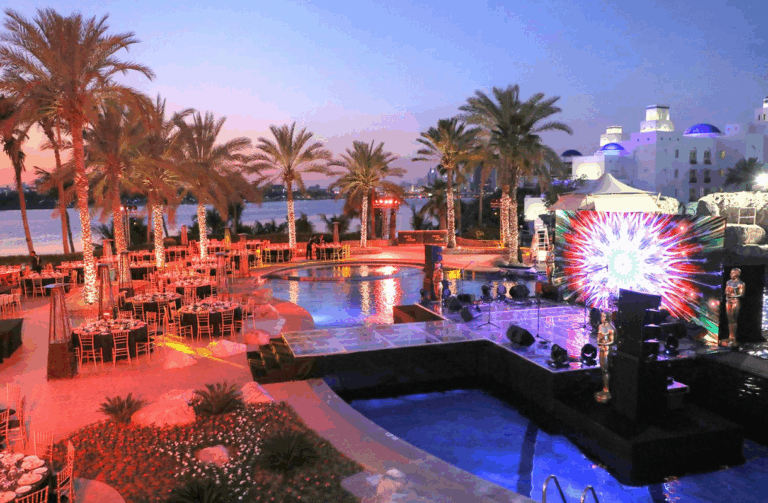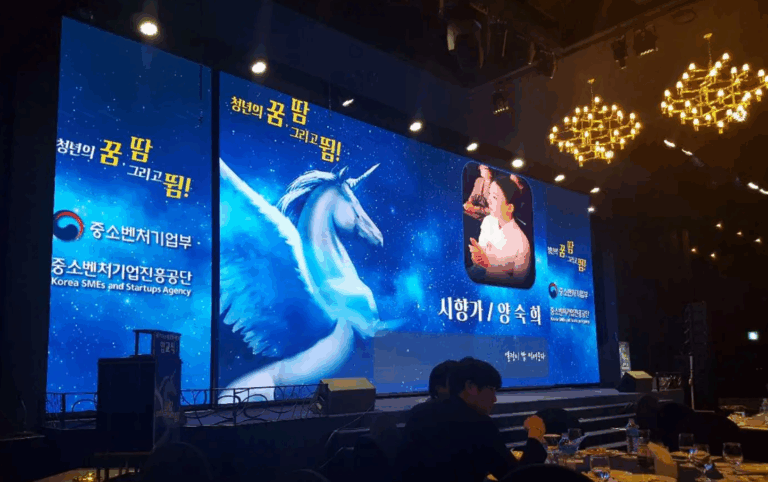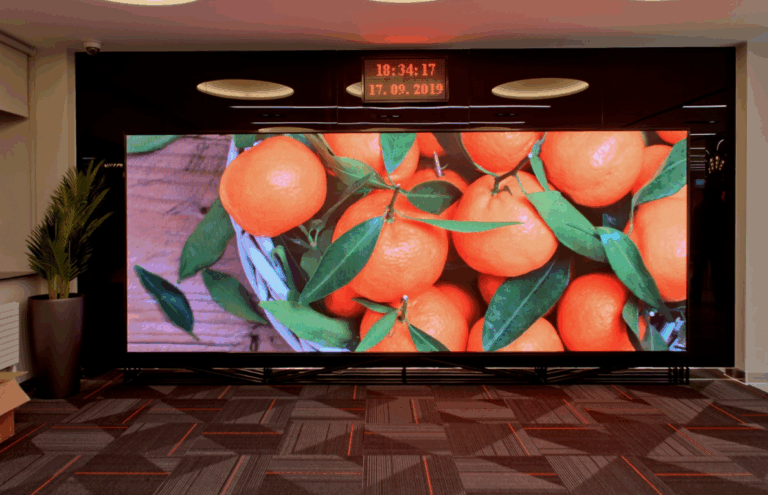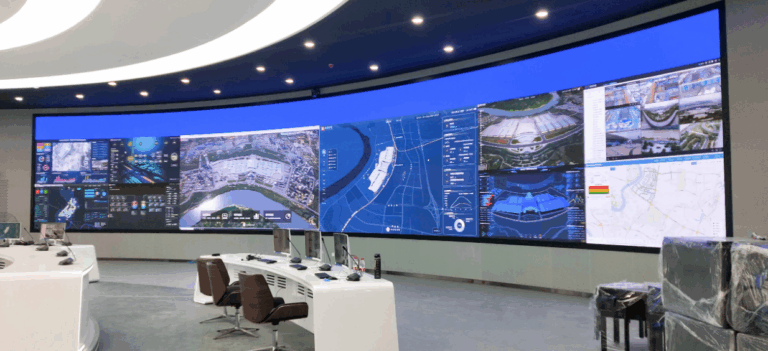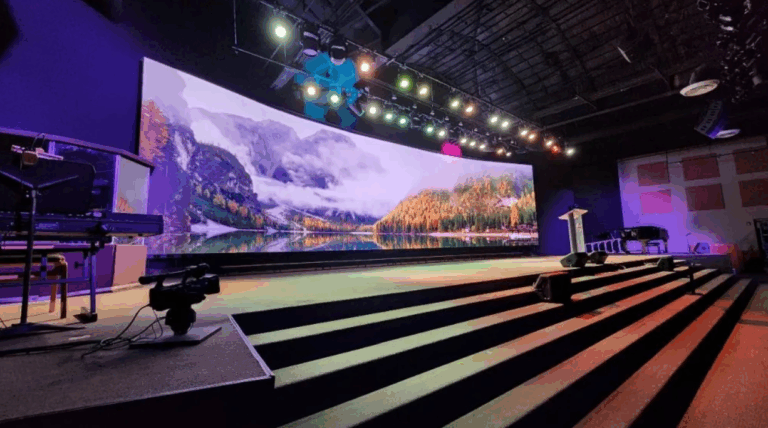Table of Contents
-
Five Core Factors That Determine LED Screen Prices
-
Hidden Costs That Impact Your Total Investment
-
How to Choose a High-Value LED Screen Without Overspending
-
Final Thoughts
“Hey, I need an LED screen—how much does it cost?”
That’s probably the first question that pops into your head when you’re considering buying or renting an LED display. And to be honest, it’s not an easy one to answer.
“The cost of LED wall displays varies based on factors such as screen size, panel quality, installation method, and pixel pitch. On average, a single LED video panel typically ranges from $500 to $2500.”. No wonder it leaves many buyers scratching their heads.
But don’t worry—this guide breaks everything down for you in plain language. By the end, you’ll understand how LED screen pricing really works and feel confident choosing the best screen for your needs at the right price.
1. The Tangible Costs: 5 Key Factors That Make Up LED Screen Pricing
Think of an LED screen like a custom-built PC—its price is the sum of several essential components. Here are the core elements that most directly impact the price tag:
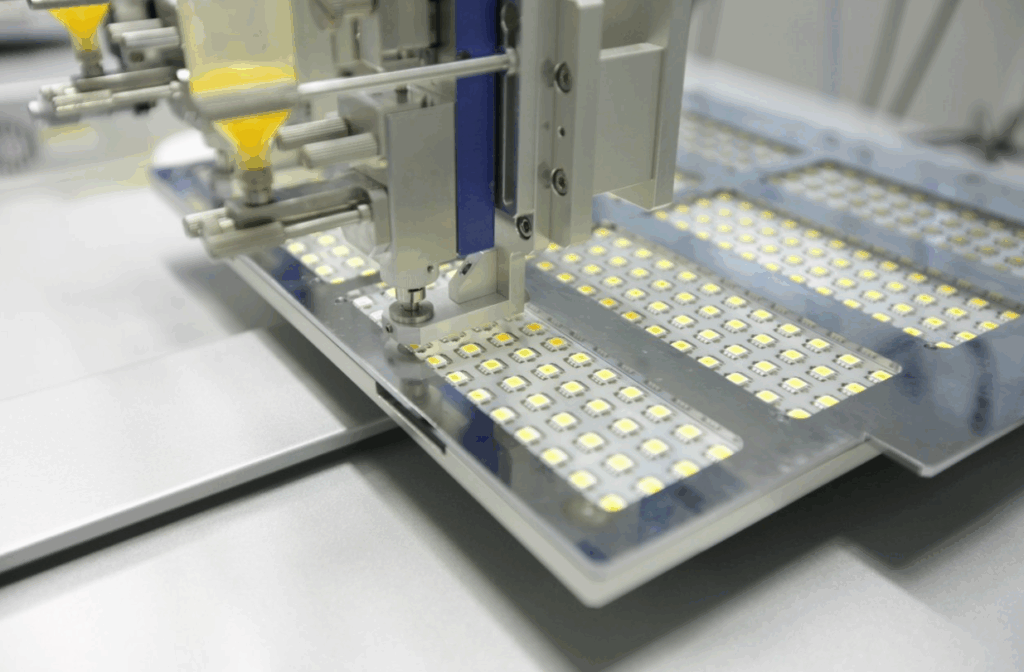
a. Pixel Pitch (P-Value): The #1 Driver of Image Quality and Cost
The pixel pitch (often labeled as “P2”, “P4”, etc.) refers to the distance in millimeters between the centers of two adjacent LED lights. The smaller the P-value, the higher the resolution—and the higher the price.
Why? A P2 screen has four times more LEDs per square meter than a P4. That means more materials, more power, and more precision in assembly.
General rule of thumb:
Optimal viewing distance (in meters) ≈ P-value (in mm).
-
P2: Ideal viewing from 2 meters
-
P4: Best from 4 meters or more
For indoor environments (conference rooms, exhibition halls), you’ll want a finer pixel pitch like P1.2, P1.5, or P2.5 to avoid visible pixelation.
For outdoor displays (billboards, stadiums), P4, P5, or even P10 is usually sufficient, thanks to the longer viewing distances—and it saves significantly on cost.
b. Screen Size & Area: Bigger Means Pricier—But It’s Not Linear
Naturally, the larger the screen, the more LED modules, cabinets, wiring, and labor you’ll need. But keep in mind—prices don’t scale linearly.
Custom shapes or oversized screens introduce greater design complexity, which can raise the per-square-foot cost.
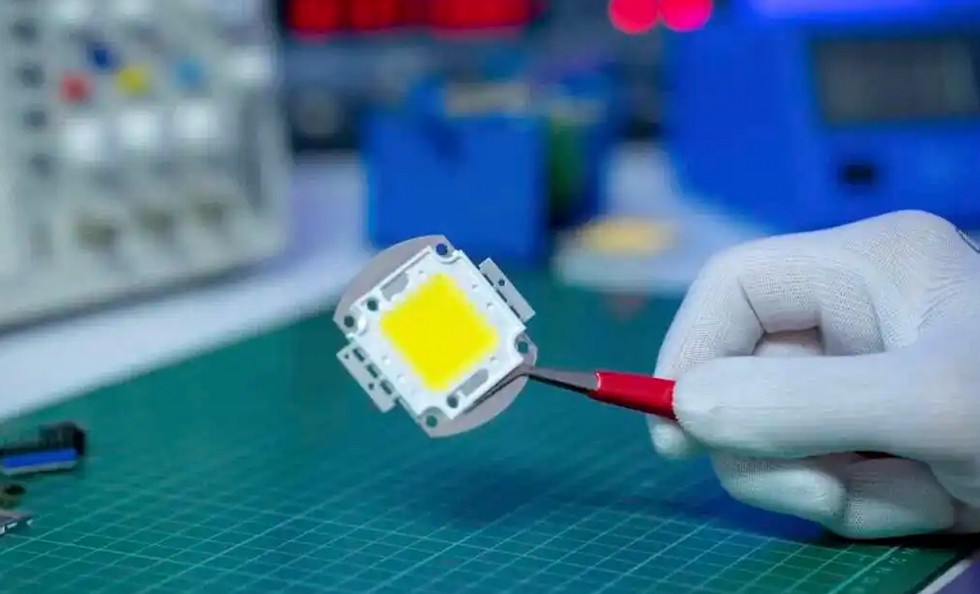
c. LED Chip & Lamp Brands: The Beating Heart of Display Quality
LED lamps are the most important component—they dictate brightness, color accuracy, stability, and lifespan. In many cases, lamp costs account for 40–60% of the total.
International Premium Brands:
-
CREE (USA), Nichia (Japan): Excellent performance and stability; ideal for high-end installations—but very expensive.
Leading Chinese Brands:
-
NationStar, Kinglight: Strong performance at a much better price-performance ratio. These brands dominate the global market today.
SMD vs. COB Technology:
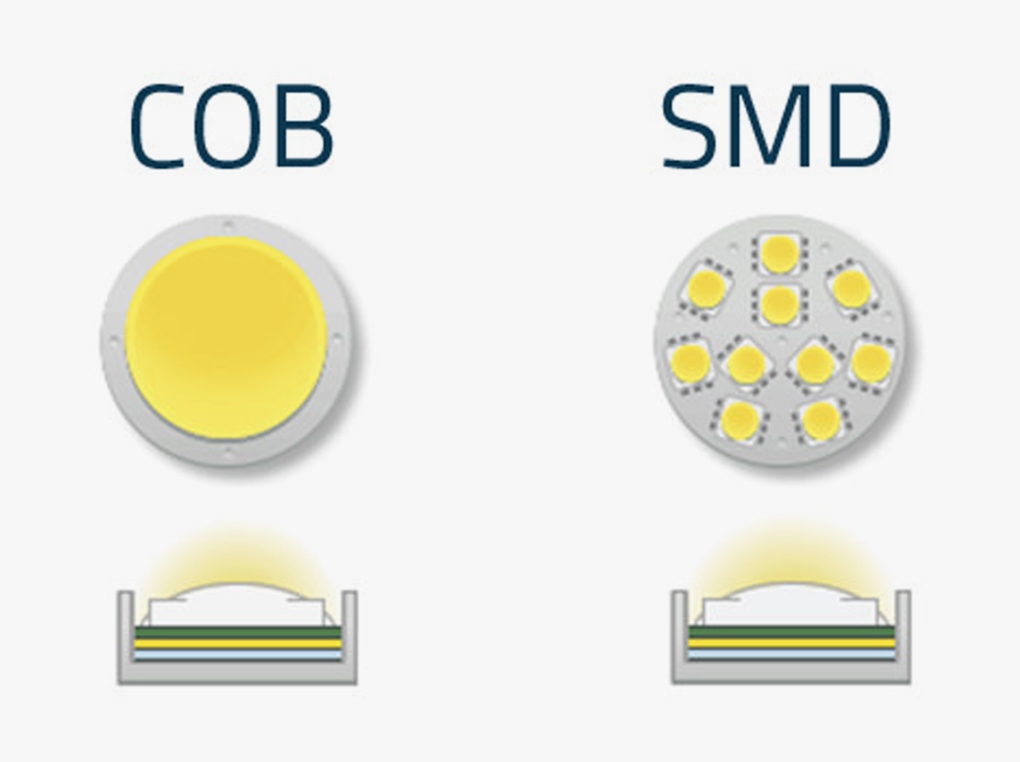
-
SMD (Surface-Mount Device): Mature and cost-effective, widely used in most applications.
-
COB (Chip-on-Board): A newer, higher-end option. Better for ultra-fine pitch, stronger protection (moisture, dust, impact), and improved heat dissipation. While it’s more expensive now, COB is gaining popularity—especially in rental and conference room use.
Other key specs like brightness (especially for outdoor use), refresh rate (important for cameras and video), and gray scale (for smooth color transitions) all impact quality—and price.
d. Control System & Power Supply: The Brain and Lifeblood of the Display
-
Control System: Acts as the brain of your screen. Leading brands like NovaStar and Colorlight dominate the market thanks to their stability, smooth video performance, and reliability.
-
Power Supply: Critical for safety and screen longevity. Meanwell (Taiwan, China) is a top-tier supplier that offers excellent stability. Though more expensive, it significantly reduces failure rates and is worth the investment.
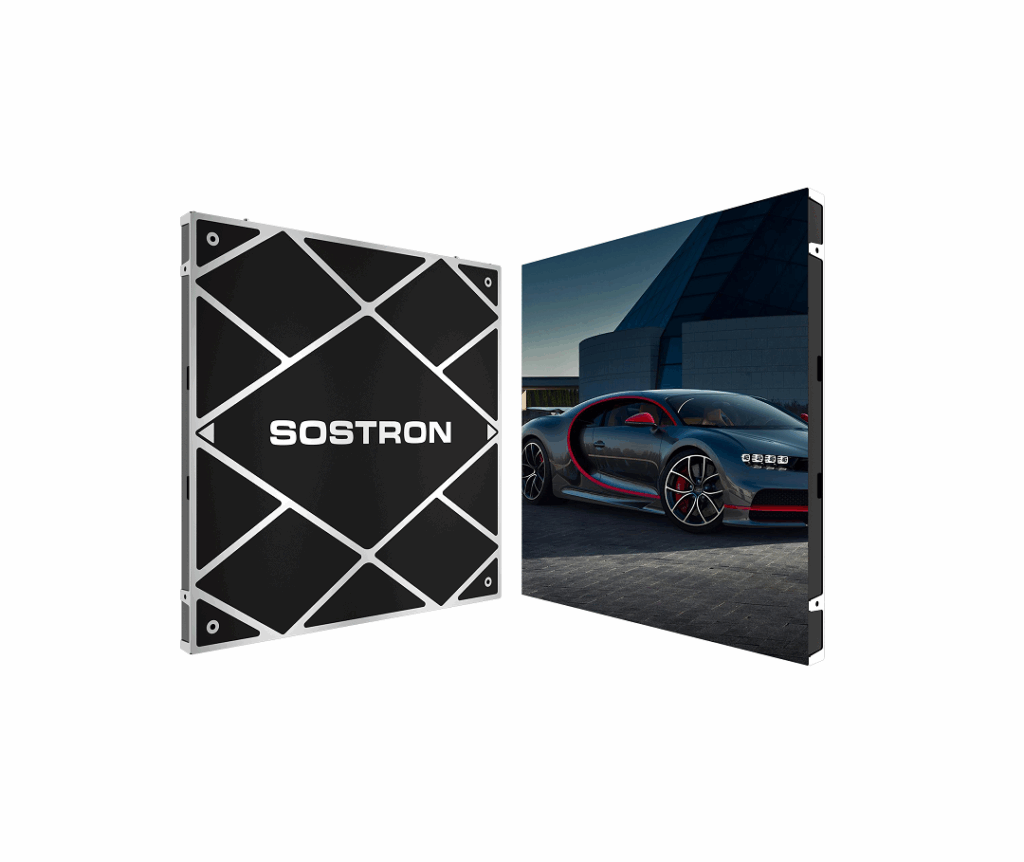
e. Cabinet Material & Structure: Durability and Convenience Matter
-
Die-cast Aluminum Cabinets: Lightweight, highly precise, and great at dissipating heat. Ideal for rental screens and indoor installations where screen flatness is important.
-
Steel Sheet Cabinets: Heavier and more affordable—often used in fixed outdoor installs.
IP Rating: For outdoor screens, weather resistance is vital. IP65 is a common standard for dust-proof and waterproof protection. Higher IP ratings mean better protection—but higher manufacturing costs.
2. The Hidden Costs That Add Up Behind the Scenes
Don’t get tunnel vision on the screen price alone. These often-overlooked extras can significantly affect your total budget:
-
Installation Method & Site Conditions: Wall-mounted? Rooftop? Free-standing pole? Construction complexity and steel structures can add thousands to your bill.
-
Shipping & Logistics: LED displays are sensitive tech and require protective packaging and specialized transport—especially for international orders.
-
After-Sales Support & Warranty: Reputable brands offer longer warranties, faster service, and guaranteed parts availability. That’s long-term value you don’t want to ignore.
-
LED Brand & Vendor Service: Top-tier brands come with a price premium—but also stronger R&D, better documentation, and full-service project support. The right vendor helps from design to post-installation care.
3. How to Choose the Best Value LED Screen (Without Wasting a Dime)
By now, you’ve got the knowledge. Here’s how to apply it:
-
Define the Application: What’s your use case? Indoor or outdoor? Permanent install or rental? Viewing distance?
-
Set a Smart Budget: Be realistic—know what features matter most and avoid overspending on things you don’t need.
-
Focus on Key Specs: Prioritize pixel pitch, brightness, and refresh rate based on your application.
-
Vet Your Supplier: Choose experienced suppliers with strong portfolios and good customer reviews. Visit their showrooms or request real case studies.
-
Think Value, Not Just Price: “Cheap” isn’t always “cheerful.” Weigh build quality, performance, brand credibility, and after-sales support to find the true best value.
4. Final Thoughts: Buying an LED Screen Is a Strategic Investment
So, back to the original question—“How much does an LED screen cost?”
Now you know—it depends entirely on your needs.
Purchasing an LED screen isn’t just about hardware. It’s an investment in your brand, audience engagement, and visual impact. Today, the LED display market is more competitive than ever. That’s good news for buyers—better tech at better prices.
To wrap up: LED screen prices vary dramatically—from a few thousand to hundreds of thousands of dollars. Your total cost depends on a mix of factors, including pixel pitch, screen size, chip brand, power supply, control system, cabinet material, and installation.
Need help estimating a price for your specific project? Feel free to reach out with details—we’re happy to help you get an accurate quote.
Sources:
sostron.cn | leddisplay.org.cn | ledbillboard.cn | 3qled.com | kinglight.com | eastmoney.com | ledinside.cn | aibangled.com

